The Time of Reckoning / 不信のとき / Fushin no toki (1968)
Obscure Japanese Film #128
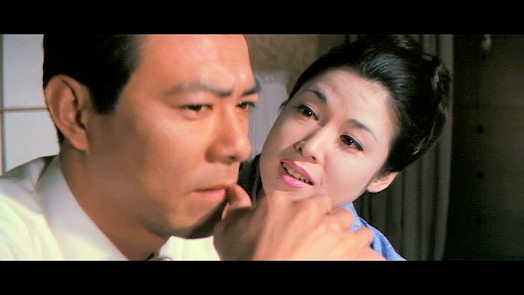 Jiro Tamiya and Ayako Wakao
Jiro Tamiya and Ayako WakaoAsai (Jiro Tamiya) isan artist who designs advertising posters for a printing company owned byKoyonagi (Masao Mishima). As a loyal subordinate, Asai sometimes accompanieshis boss on his frequent excursions to the red light district. On one suchoccasion, Koyonagi becomes smitten with a naïve young newcomer, Mayumi (MarikoKaga), and decides not only to make her his mistress but to persuade her to havehis baby. Unfortunately, Mayumi turns out to be not only stupid and vulgar butstubborn and wilful to boot. Meanwhile, Asai becomes involved with bar hostessMachiko (Ayako Wakao), who knows that he is married but wants to have his babyand promises not to be a homewrecker. Asai’s wife is Michiko (Mariko Okada), acalligraphy teacher who appears unable to have children herself. Asai begins tofind it increasingly complicated to continue satisfying the diverging demandsof his job, his wife and his mistress…
 Mariko Okada
Mariko OkadaThe director of thisfilm, Tadashi Imai, was one of Japan’s most critically-acclaimed filmdirectors. However, after making Revengein 1964, his opportunities to helm feature films dried up for a while as theindustry as a whole was suffering an economic downturn, mainly due to so manypeople having recently bought TV sets, initially to watch the 1964 TokyoOlympics. As a result, Imai spent a couple of years making television dramasbefore returning to film work by directing the Ayako Wakao vehicle When the Sugar Candy Breaks (Satogashi ga kowareru toki, 1967) for Daiei. Wakao herselfhad recently had a success with The Wifeof Seishu Hanaoka (1967), based – like TheTime of Reckoning – on a novel by Sawako Ariyoshi, while her co-star inthis picture, Mariko Okada, had previously scored a hit with another film basedon an Ariyoshi novel, The Scent ofIncense (1964) and also been successfully teamed (or pitted against) Wakaoin Two Wives (1967). The Time of Reckoning, then, exists notas a project initiated by Imai, but as a vehicle for Daiei’s stars, Wakao andOkada, as well as Jiro Tamiya and Mariko Kaga. Personally, I detected littletrace of the earlier Imai in this film, which he seems to have approachedpurely as a job of work – it looks in every respect like a typical Daiei dramawhich could have been made by any one of their stable of directors.
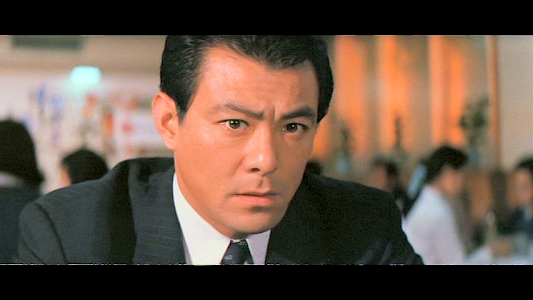
This is the film whichgot Jiro Tamiya not only fired by Daiei, but blacklisted by the film industrywhen he had the temerity to complain about his billing below the three femalestars despite the fact that he was clearly playing the lead role. Thisover-the-top reaction by the studio seems almost feudalistic, and I doubt theydid themselves any favours as they lost not only a talented actor, but apopular film star. Tamiya’s character in this film is actually less of ascheming shit than those he often played – indeed, it’s hard not to feel somesympathy for him here despite the fact that he’s no saint.
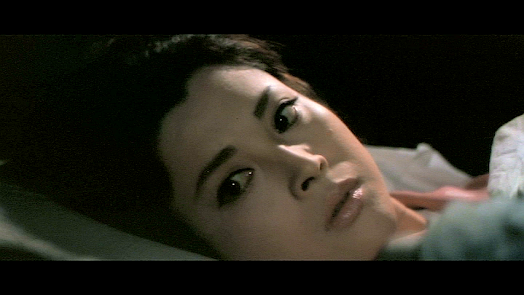 Mariko Okada
Mariko OkadaFor her part, Mariko Okada isexcellent as usual, but makes slightly less of an impact than the other twofemale stars simply because her role gives her fewer opportunities.
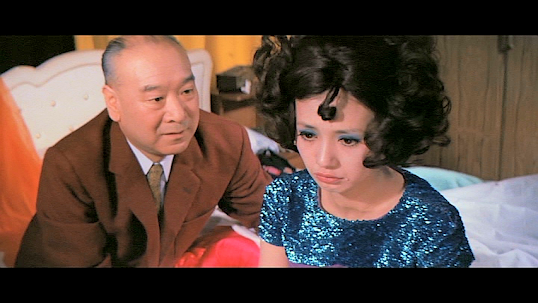 Masao Mishima and Mariko Kaga
Masao Mishima and Mariko KagaThe other Mariko, Mariko Kaga, is pretty funny playing abrainless bimbo who nevertheless has a mind of her own (an oxymoron with theemphasis on ‘moron’?), but it’s Wakao who really shines here. Although hercharacter is for the most part quite placid, there are a couple of scenes in whichshe becomes emotional where you can see that Wakao is not merely ‘acting’,she’s really feeling it, as you can tell by the fact that you can even see herface visibly colouring at one point.
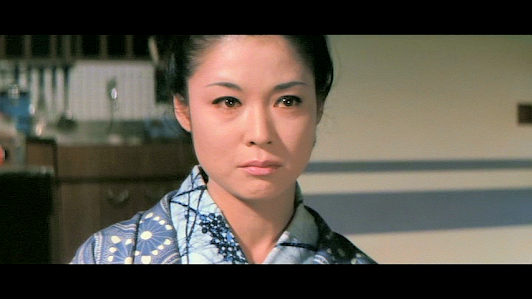
Perhaps that’s the main reason why she wonthe 1969 Kinema Jumpo Award for Best Actress for this film, House of Wooden Blocks and One Day at Summer’s End. I should alsomention that there’s a nice cameo from the Womanin the Dunes herself, Kyoko Kishida.
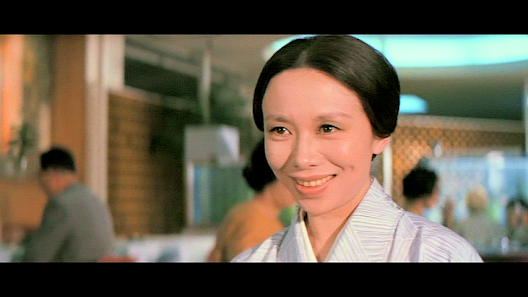 Kyoko Kishida
Kyoko KishidaWith an easy listeningjazz muzak score and an absence of any major tragedies, the tone of the filmleans more towards comedy than drama, although it’s seldom laugh-out-loudfunny. Instead, it opts for a similargentle irony to that of the recently-reviewed Furin, another film in which the women get the better of a man whothinks he’s got his two-timing arranged perfectly. Things get prettycomplicated and confusing towards the end and then the film finishes with anodd little non-ending (that I actually rather liked). It’s quite an enjoyable journey, but this is one filmthat will be best appreciated by fans of the stars rather than the director.
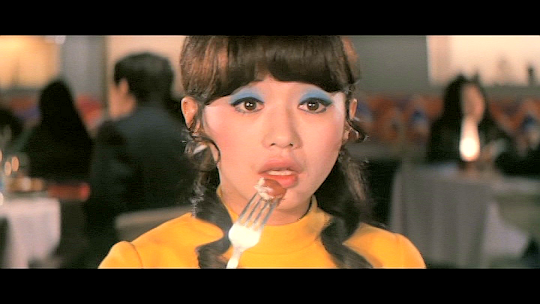 Mariko Kaga
Mariko KagaBonus trivia: Therehave been four TV versions, including a 1968 one with Keiju Kobayashi in theTamiya role and a 1984 one with Mariko Kaga switching roles to play Michiko.There was also a 1969 stage version starring Keiju Kobayashi in which MarikoOkada switched roles to play Machiko.
Note on the title: TheJapanese title translates more accurately as ‘Time of Distrust.’
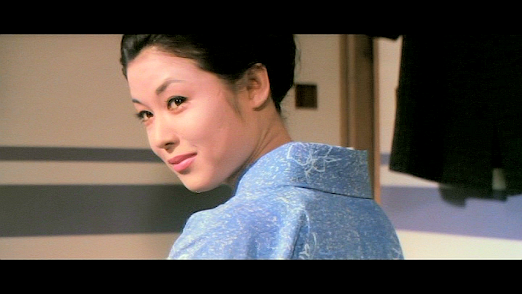
Thanks to A.K.



